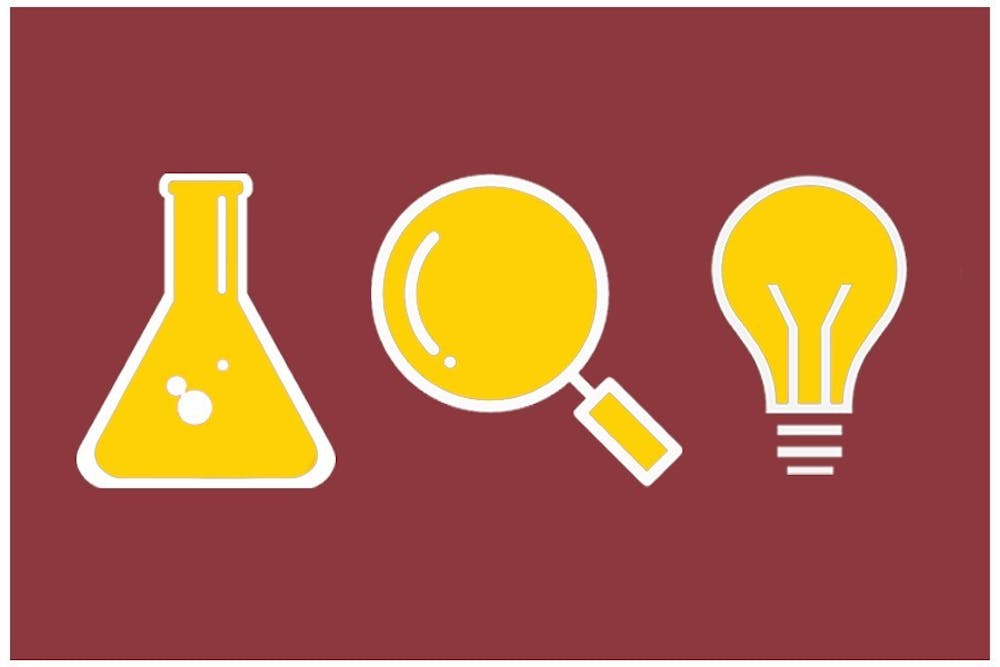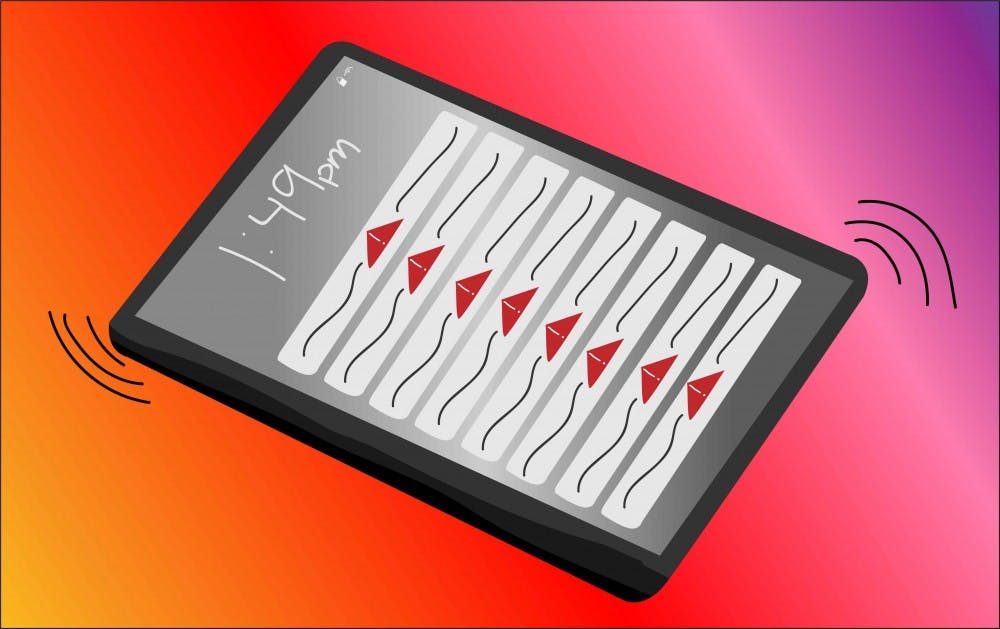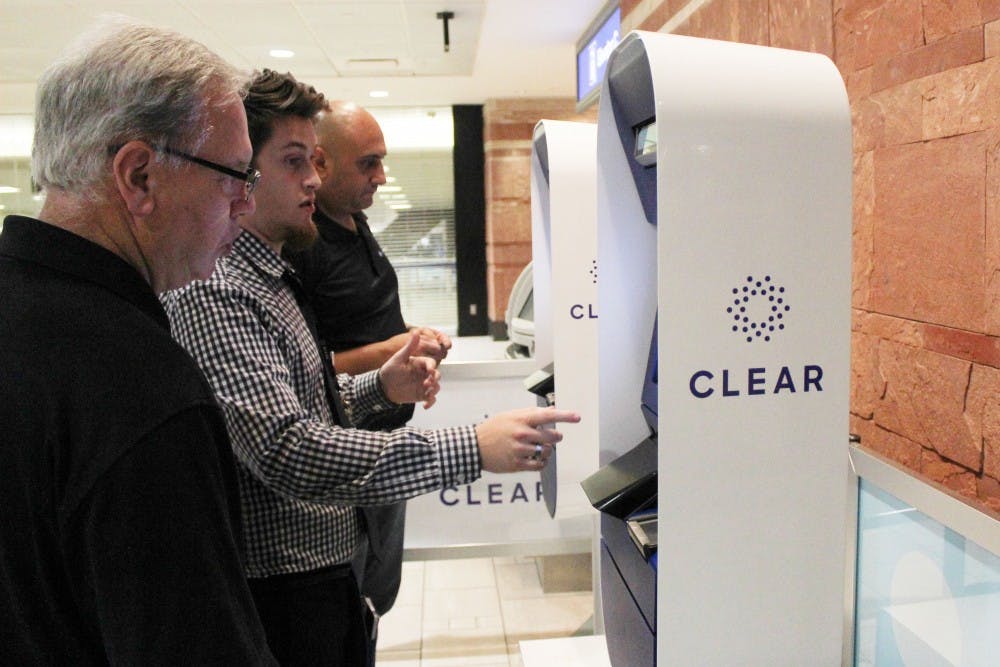This week in ASU research news:
ASU professor developed prosthetic hand system that allows user to feel again
Thanks to ASU researcher James Abbas, an associate professor in the School of Biological and Health Systems Engineering and director of the Center for Adaptive Neural Systems, along with a multi-institutional research team, an individual is able to recognize feeling from a limb they had once lost.
The team developed a prosthetic hand system that has restored feeling to a person's hand whose limb was amputated. The system is fully implanted with wirelessly controlled neurostimulation, allowing its user to determine feeling, hand movements and grasping due to the stimulation of nerve fibers by implanted fine wires inside the nerves.
This development marks the first time an individual has used a neural-enabled prosthetic hand system in the real world, not just in a lab.
ASU scientists have discovered a neglected source for Earth's water
A team of geoscientists, led by Peter Buseck, a Regents' Professor in the School of Earth and Space Exploration and School of Molecular Sciences at ASU, have found an overlooked source for Earth's water, which is located mostly within the Earth’s core.
In addition, the team also found that the Earth contains more hydrogen than predicted.
The team's thought process consisted of the idea of hydrogen gas being a main part in the solar nebula, and if these large amounts of hydrogen in the nebula combined with Earth's rocky material when it formed, then that can be the origin of Earth's ocean.
This week from the science and technology desk:
ASU researchers use citizen science and social media to build flood information network
In partnership with the National Water Center, U.S. Geological Survey and more, ASU researchers are developing technologies to provide more accurate flood information to users. The team, which consists of members from other universities around the U.S., will look at the functions of traffic cams, social media, weather apps and more, that are already on the scene, looking at weather patterns.
"We’re going to look at if information from those technologies can be pushed to a centralized database, which then could then be accessed by anybody to have more real-time information about what is going on." – Mikhail Chester, the principal investigator for the project and associate professor in the School of Sustainable Engineering and the Built Environment, said.
A new startup streamlines airport security with an iris scan and a fingerprint
In lieu of Clear recently emerging in Phoenix Sky Harbor International Airport this past July, individuals weigh the pros and cons of the security system. The system uses biometric data in order to help customers move through lines, in this case airplane lines, faster.
"The day will come the day will come when you walk up to a machine and somehow it takes a clip of hair, a shaving of skin, a piece of spit and it will say, 'okay, thank you Charlie, have a great day.' This concept of biometric security is good, but for every time we increased the security like this, we all give up freedom." – Charles Loftus, an instructor in the School of Criminology and Criminal Justice, said.
Reach the reporter at jlmyer10@asu.edu or follow @jessiemy94 on Twitter.
Like The State Press on Facebook and follow @statepress on Twitter.






